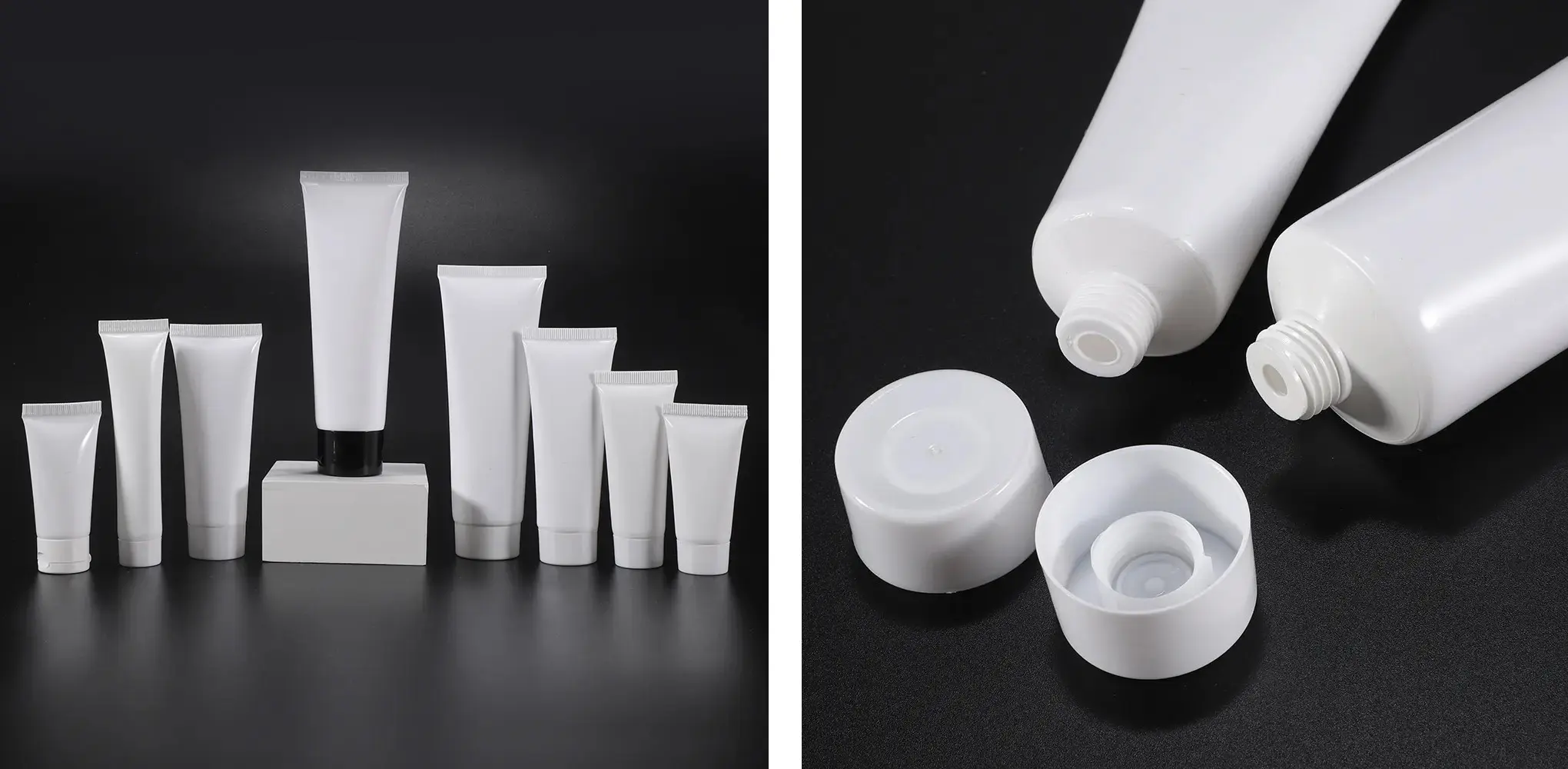Cosmetic Tube Selection Guide: How to Choose Quality-Assured Products?
Cosmetic Tubes are a commonly used packaging material for cosmetics, boasting numerous advantages such as lightweight, portability, durability, recyclability, ease of squeezing, excellent processing performance, and strong adaptability to printing. They are widely utilized in the packaging of cleaning products, skincare items, and beauty products. Cosmetic tubes can be made from various materials, including PE, PP, and PVC, each with its unique benefits. For instance, PE tubes offer good flexibility and plasticity, making them easy to manufacture into various shapes and sizes, along with high chemical resistance and excellent sealing properties, making them ideal for packaging products with high-concentration ingredients. PP tubes, on the other hand, feature superior physical and mechanical properties and high-temperature resistance, maintaining stability in high-temperature environments and offering excellent barrier properties against oxygen and moisture, which helps ensure the quality and safety of cosmetics. PVC tubes also provide good flexibility and plasticity, along with chemical stability and high-temperature resistance, making them suitable for packaging cosmetics that are exposed to high temperatures or contain organic solvents.

In cosmetic packaging, commonly used plastic tube types include aluminum-plastic composite tubes, all-plastic composite tubes, and co-extruded Plastic Tubes. Aluminum-plastic composite tubes are primarily used for packaging cosmetics that require high hygiene and barrier properties, with aluminum foil as the barrier layer offering excellent barrier performance. All-plastic composite tubes are divided into barrier-free and barrier types, with the former generally used for packaging low-end, fast-consuming cosmetics and the latter typically for mid-to-low-end cosmetic packaging. Co-extruded plastic tubes utilize co-extrusion technology to combine different materials with varying properties into a single, formed product, presenting broad application prospects.
However, the manufacturing and quality control of cosmetic tubes is a complex process. The evaluation and measurement of mixing quality have always been challenging issues. With the advancement of the times, there is now a preference for using scientific, quantitative methods to determine mixing uniformity, i.e., the quantitative analysis of cosmetic tubes.
In summary, as an essential component of cosmetic packaging, the selection of tube types and materials significantly impacts the packaging effectiveness, user experience, and safety of cosmetics. Therefore, when choosing cosmetic tubes, it is crucial to consider various factors based on the product's characteristics and needs to select the most suitable packaging material.
When selecting cosmetic tubes, how can one discern quality-assured products? The manufacturer of facial cleanser tubes is an important keyword. Quality is the primary consideration when choosing cosmetic tubes. By examining the tube's material, sealing properties, and appearance, we can gain a better understanding of the tube's quality. Additionally, researching the background and reputation of the tube manufacturer is also a wise approach.











